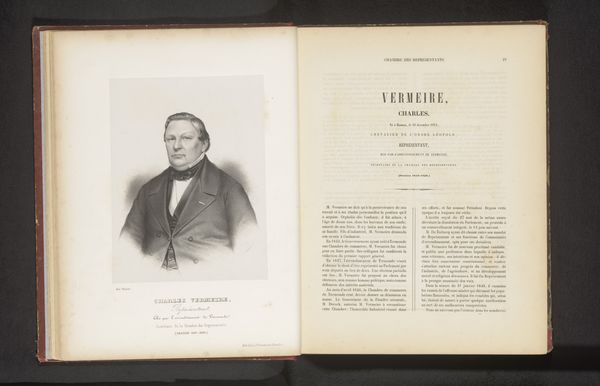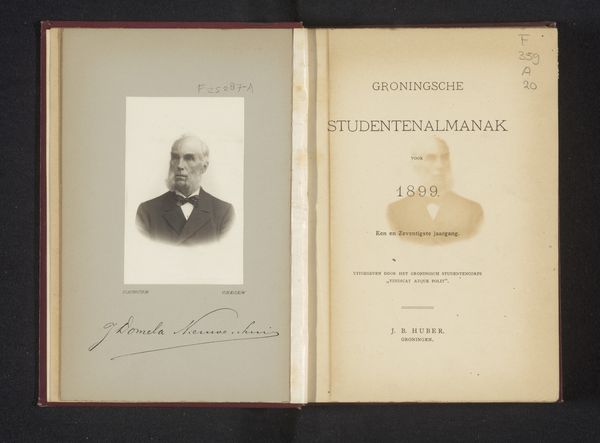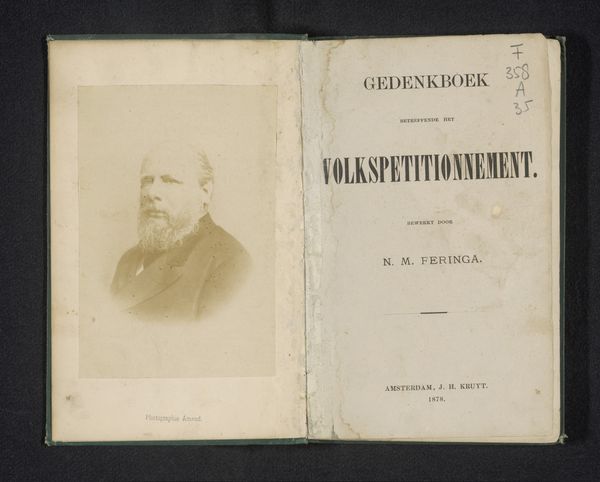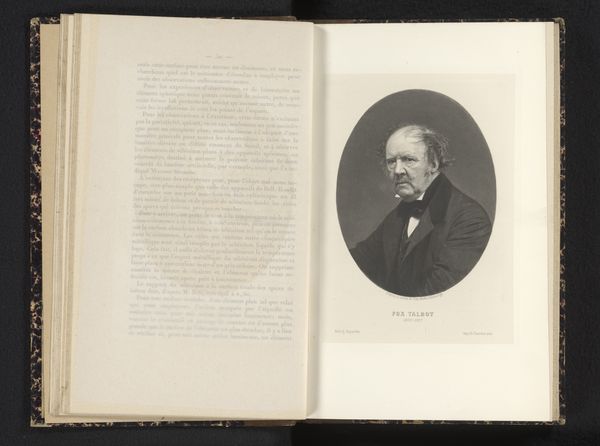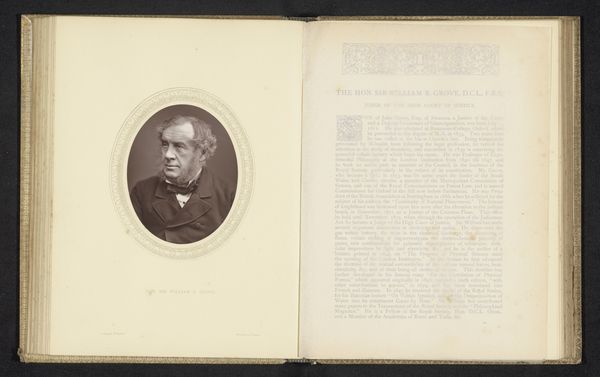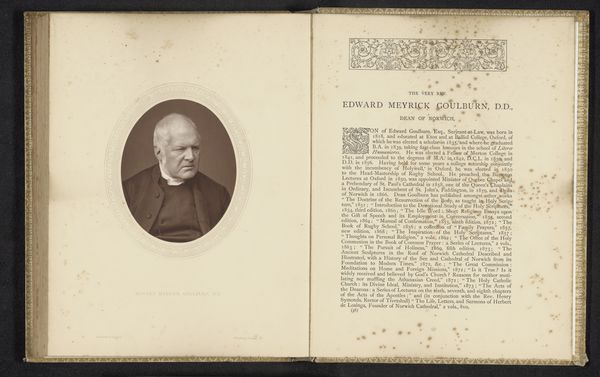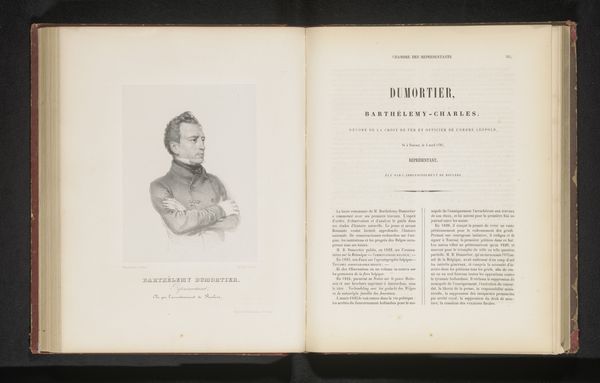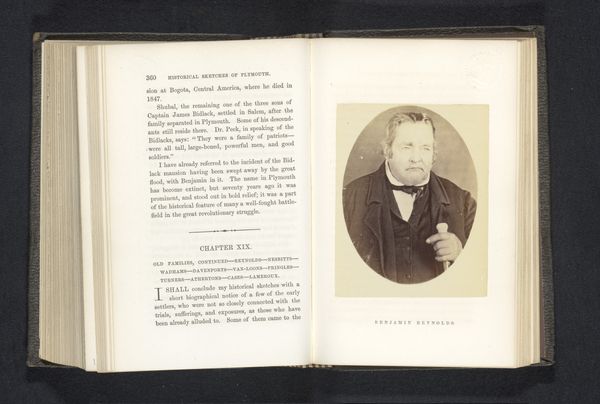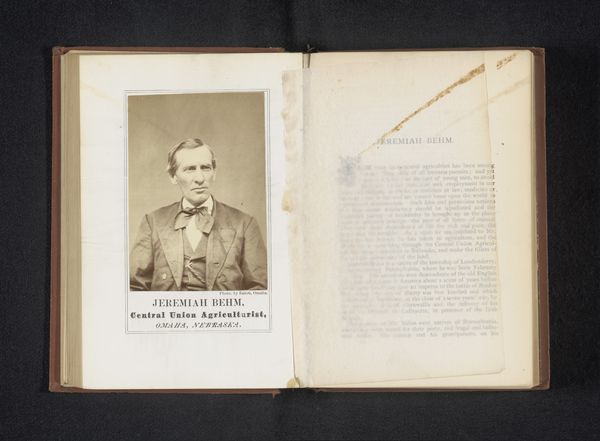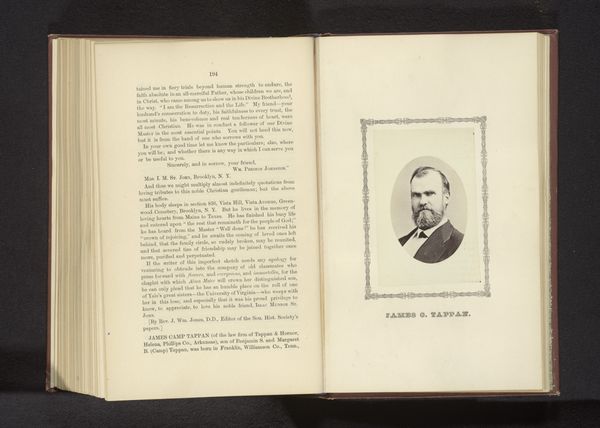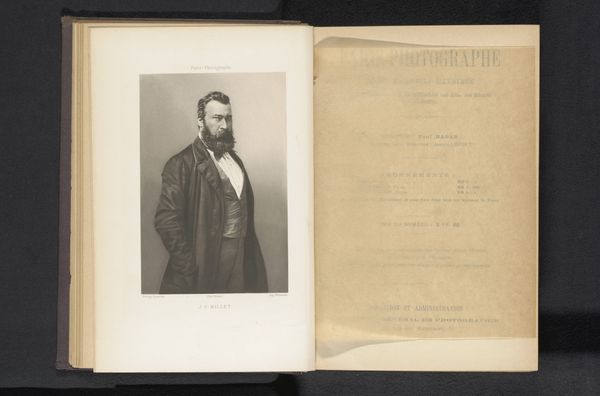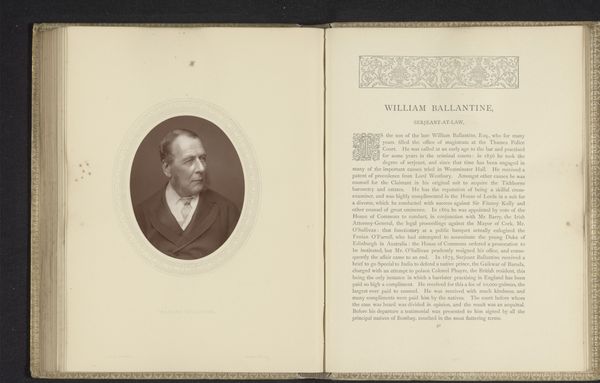
print, photography
#
portrait
# print
#
photography
#
realism
Dimensions: height 137 mm, width 95 mm
Copyright: Rijks Museum: Open Domain
This photographic portrait of Georg Waitz is an albumen print, likely dating from the late 19th century. The albumen process, widely used at the time, involved coating paper with egg white to create a smooth surface for light-sensitive silver salts. This procedure allowed for sharp, detailed images, as we can appreciate in the fine lines of Waitz's face and clothing. The creation of such a portrait was not just a technical process; it was embedded in a system of labor and consumption. From the production of photographic materials to the operation of studios, photography was tied to industrial capitalism. The subject's dress and demeanor reflect his social standing, but so too does the very act of commissioning a portrait, which was a mark of status and a means of self-presentation. Looking closely at the photograph, we can appreciate the material processes involved, and understand how these are connected to broader social and economic structures. This is a powerful reminder that art and craft are always embedded in the world around them.
Comments
No comments
Be the first to comment and join the conversation on the ultimate creative platform.
